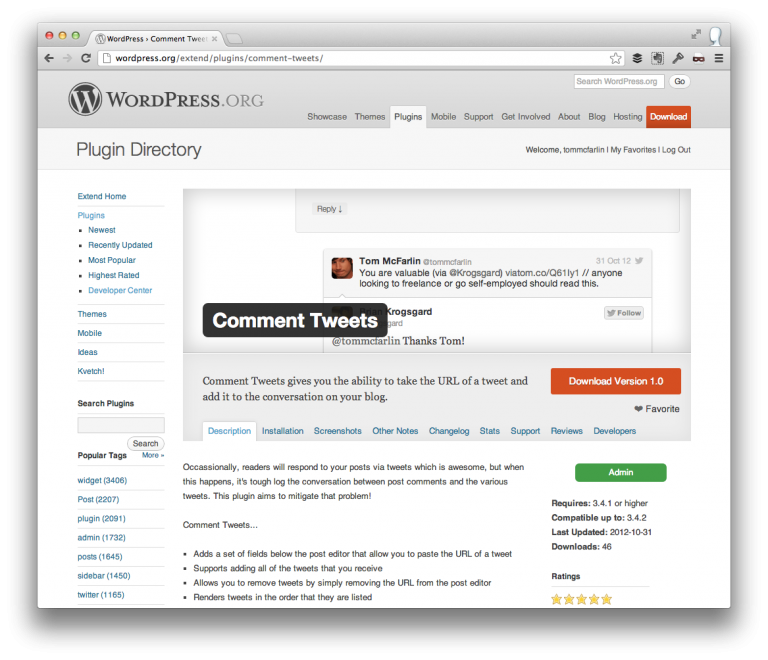I’ve talked quite a bit about my thoughts on using WordPress for web application development. Specifically, I’ve shared:
During the State of the Word 2012, Matt discussed the past, present, and future of WordPress which included WordPress being an “app engine” of sorts. Some time ago, I stumbled across an article by Matthew Eppelsheimer in which he discusses his team using WordPress as just that.
Specifically, he says:
The WordPress platform essentially manages content and authentication for us, gives us frameworks to build custom UI and our own functionality, and offers extra features in the form of plugins developed by a large community. It gives us everything we need to rapidly build our own custom tools that fit our own process, style, and needs.
Interesting, isn’t it?
Obviously, I’ve been a fan of treating WordPress as such for some time, but I’ve never really shared how I’ve viewed various features and parts of the API for actually building applications.
Since I’ve recently wrapped up a project where we did just this, and since I’m currently in the middle of building one that’s following suit, I thought I’d share a few notes on my approach for building web applications with WordPress.
Continue reading


